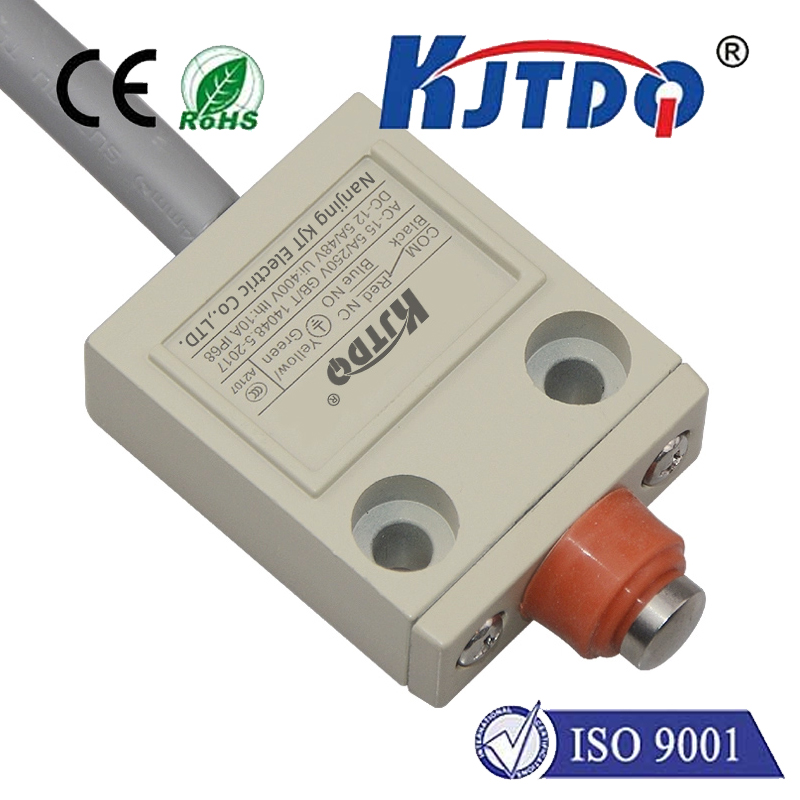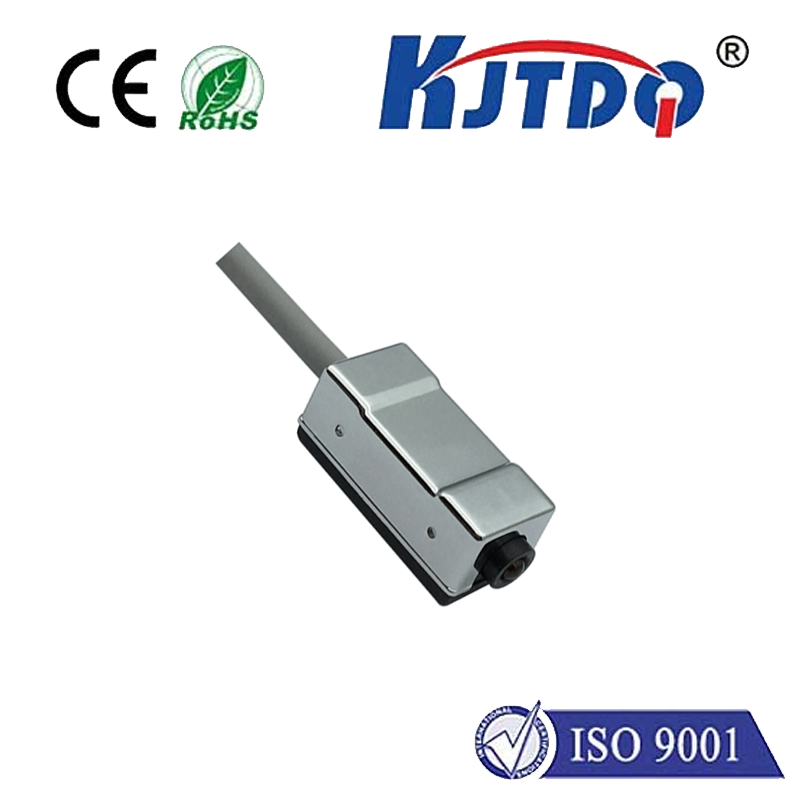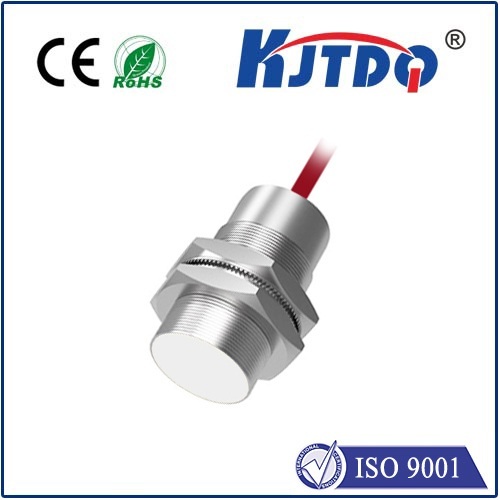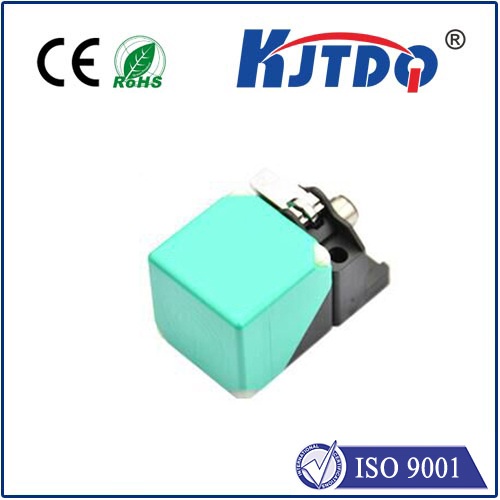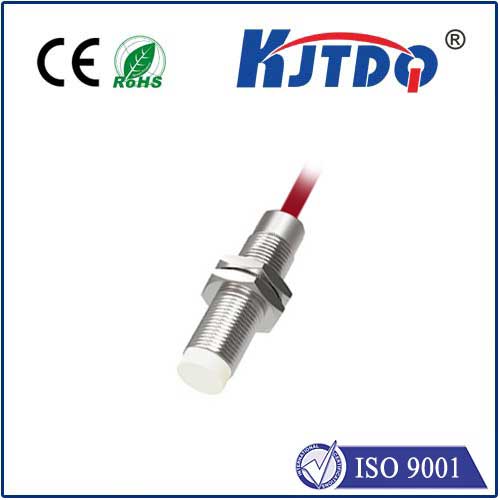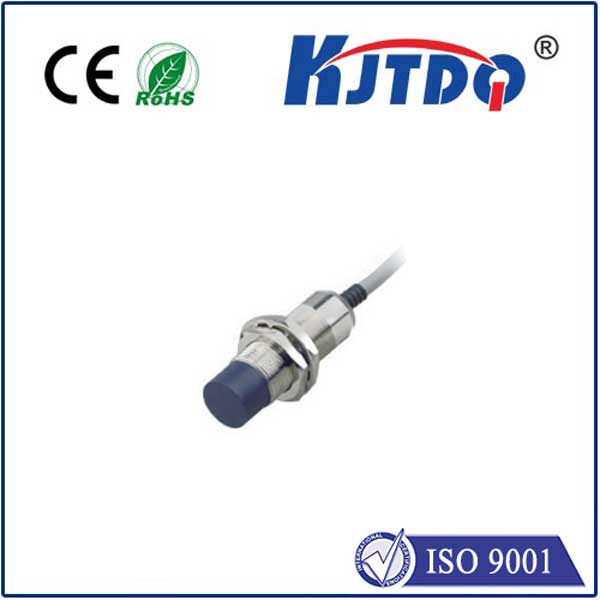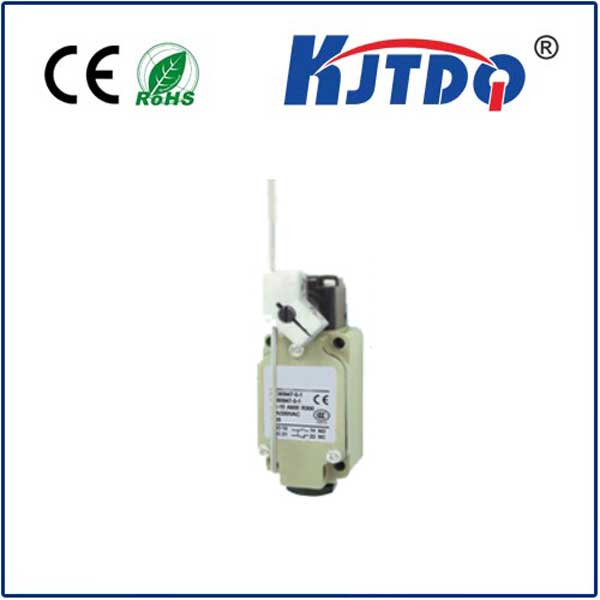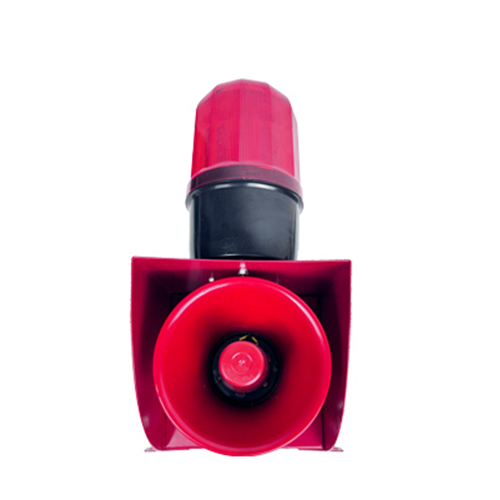panasonic distance sensor
- time:2025-07-15 09:07:11
- Нажмите:0
Panasonic Distance Sensors: Precision at Your Fingertips for Automation Excellence
Imagine a world where machines see distance like we do. Where robotic arms stop millimetres before impact, autonomous carts navigate bustling warehouses with uncanny awareness, and smart devices know exactly how far your hand is gesturing. This isn’t science fiction; it’s the everyday reality powered by sophisticated distance sensors. And when precision, reliability, and innovation are paramount, Panasonic distance sensors consistently emerge as the trusted choice across countless industries.
Panasonic, a global electronics powerhouse renowned for its unwavering commitment to quality and technological advancement, offers a diverse portfolio of non-contact distance measurement solutions. These sensors aren’t just components; they are the critical eyes of automation, providing the vital spatial data that drives efficiency, safety, and intelligence in modern systems. From factory floors to cutting-edge consumer electronics, Panasonic infrared distance sensors, LiDAR modules, and ultrasonic sensors deliver the accuracy needed to bridge the gap between concept and flawless execution.
The Technology Behind the Measurement: Seeing the Unseen
At their core, Panasonic distance sensors operate on principles of physics, emitting energy (light or sound) and precisely measuring its return. The fundamental mechanisms include:
- Time-of-Flight (ToF): This highly versatile method measures the time it takes for a light pulse (often infrared or laser) to travel to a target and back to the sensor. Since the speed of light is constant, the distance can be calculated with remarkable accuracy. Panasonic excels in infrared ToF sensors, offering compact designs ideal for object detection, level monitoring, and gesture control, where robustness and cost-effectiveness are key.
- LiDAR (Light Detection and Ranging): An advanced form of ToF, LiDAR typically uses laser pulses to create detailed point cloud maps of the environment. Panasonic’s LiDAR sensors are engineered for high resolution and speed, making them indispensable for applications demanding complex spatial awareness, such as autonomous mobile robots (AMRs), collision avoidance systems, and terrain mapping.
- Ultrasonic Sensing: Utilizing sound waves beyond human hearing, these sensors emit a pulse and listen for the echo. The time delay provides distance information. Panasonic’s ultrasonic distance sensors are champions in challenging environments – they excel with transparent objects (glass, liquids), in dusty or foggy conditions, and with dark or acoustically absorbent surfaces where optical sensors might struggle. Think tank level monitoring or presence detection of clear bottles.
Panasonic Distance Sensor Portfolio: Matching Technology to Task
Panasonic doesn’t offer a one-size-fits-all solution. Instead, their strength lies in providing the right sensor technology for the specific challenge:
- Infrared ToF Sensors (e.g., Panasonic Grid-EYE, Some GP2Y Series): Known for their compact size, low power consumption, and cost-effectiveness. Widely used for obstacle detection in robots and AGVs (Automated Guided Vehicles), people counting, gesture recognition interfaces in appliances, and basic proximity sensing. Their ability to detect presence without physical contact makes them incredibly versatile.
- LiDAR Sensors (e.g., Panasonic Scanners for AGVs/AMRs): Designed for high-precision, high-speed 2D or 3D environmental mapping. These sensors provide rich spatial data crucial for safe navigation of mobile robots in dynamic environments like warehouses and factories. They offer superior range and angular resolution compared to basic IR sensors, enabling complex path planning and obstacle avoidance even in low-light conditions.
- Ultrasonic Sensors (e.g., Panasonic MA/MAF Series): The go-to choice for robust performance in harsh environments. They reliably detect transparent objects (critical in packaging lines), measure liquid levels through tank walls, function despite dust, fog, or smoke, and handle dark materials better than optical sensors. Their tolerance for challenging conditions makes them industrial workhorses.
Where Precision Meets Application: Transforming Industries
The impact of Panasonic distance sensors is felt across a vast spectrum of applications:
- Industrial Automation & Robotics: This is a core domain. Sensors ensure precise positioning of robotic arms for assembly and welding. They enable safe human-robot collaboration (HRC) zones by detecting proximity. AGVs and AMRs rely heavily on Panasonic LiDAR and ToF sensors for navigation, collision avoidance, and accurate docking. Ultrasonic sensors monitor fill levels in tanks and hoppers.
- Automotive & Transportation: Advanced Driver Assistance Systems (ADAS) increasingly leverage distance sensing. Parking assistance systems use ultrasonic sensors around bumpers. Interior monitoring for occupant presence detection can utilize IR ToF. Emerging autonomous vehicle technologies integrate high-performance LiDAR for comprehensive environmental perception.
- Consumer Electronics & Appliances: Experience touchless control? Panasonic IR ToF sensors enable gesture recognition in smart displays, TVs, and kitchen appliances. They manage proximity detection in printers (paper jams) and copiers. Vacuum robots utilize distance sensors extensively for room mapping and obstacle avoidance.
- Logistics & Warehousing: Essential for efficient material handling. Sensors verify pallet presence on conveyors, ensure correct stacking heights, guide automated forklifts (AGVs), and enable volume measurement of parcels using LiDAR.
- Building Automation & Security: Contribute to energy efficiency by detecting room occupancy for lighting/HVAC control. Enhance security through perimeter monitoring and people counting. Elevators use them for door safety sensing.
Integrating Panasonic Sensors: Designed for Developer Success
Panasonic understands that sensor performance is only part of the equation; ease of integration is crucial. Their sensors often come with:
- Comprehensive SDKs (Software Development Kits): Simplifying data acquisition and processing for developers.
- Multiple Output Options: Analog voltage, digital I/O (PWM), or modern digital interfaces like UART, I2C, enabling compatibility with various microcontrollers and PLCs.
- Evaluation Boards & Kits: Accelerating prototyping and proof-of-concept development.
- Detailed Documentation: Clear datasheets, application notes, and support resources guide engineers through integration challenges.
Why Choose Panasonic for Distance Sensing?
Beyond the diverse technology portfolio, several factors solidify Panasonic’s leadership:
- Uncompromising Reliability & Durability: Built to withstand demanding industrial environments – shock, vibration, temperature extremes, and contaminants.
- Proven Quality: Leveraging Panasonic’s decades of manufacturing excellence and stringent quality control.
- Precision Engineering: Consistently delivering high accuracy and repeatability critical for automation tasks.
- Innovation Leadership: Continuous R&D investment ensures Panasonic sensors remain at the technological forefront. Their focus on miniaturization (notably in ToF) and increased intelligence (like integrated processing) is evident.
- Global Support: Extensive technical support and distribution networks worldwide.
- Environmental Focus: Many sensors are designed with low power consumption, contributing to energy-efficient solutions. Panasonic also emphasizes eco-friendly manufacturing practices.
From the intricate dance of a robotic arm to the seamless navigation of an autonomous warehouse robot, Panasonic distance sensors are the unseen enablers of modern technological marvels. Their blend of infrared, LiDAR, and ultrasonic technologies, coupled with Panasonic’s legacy of quality, reliability, and innovation, provides engineers and developers with the precise spatial awareness tools needed to build a smarter, safer, and more efficient future. Whether you’re detecting a transparent bottle on a high-speed line, ensuring a cobot stops safely near an operator, or enabling intuitive gesture control, Panasonic offers the distance sensing expertise to measure up to the challenge.
